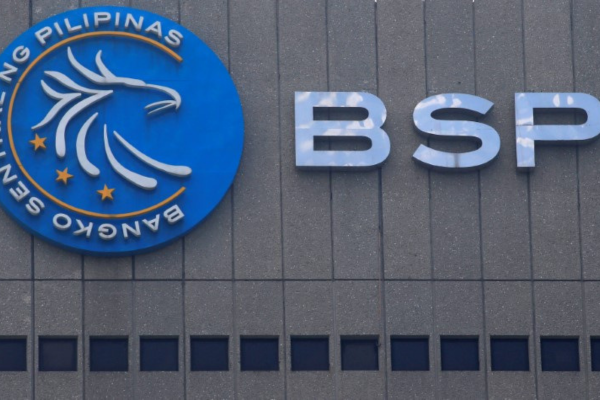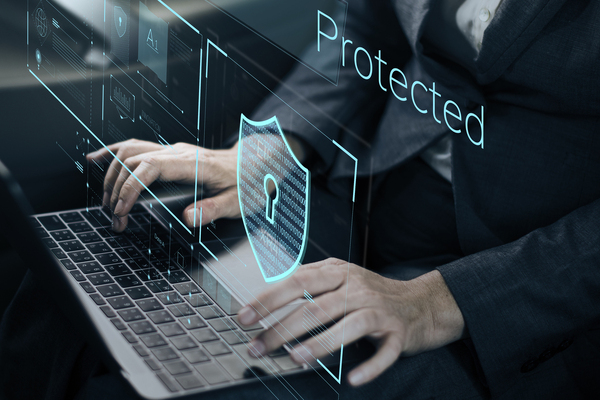Employee monitoring: a useful tool but not a modus operandi

Why establishing and observing red lines are key
Employers have traditionally been opposed to remote work, as the absence of physical proximity significantly diminishes opportunities to contain employees’ tendency to slack off, with the double deterrent of monitoring and group pressure. The pandemic, however, left companies with no choice but to allow their staff to work from the comfort or, occasionally, turmoil of their homes.
Anxious that their workers would take advantage of staying under the company radar, CEOs and HR departments, especially those in large companies, resorted to monitoring software, which, in certain cases, borders on surveillance. The technology was readily available and mature and there were practically no legal hindrances.
The scope and types of employee monitoring
Monitoring employees’ activities is legal in the UK and Europe, although theoretically, a balance needs to be struck between business interests and employee expectations of privacy in line with data protection and privacy legislation such as the Data Protection Act, the GDPR and the Employment Practices Data Protection Code.
Although it’s a requirement that subjects are notified if they are being monitored, their consent is not necessary in most cases – and even if it was, its genuineness couldn’t be guaranteed due to the employee’s interest to conform to keep their job.
The right of the employer to track, on the other hand, is not limited to company devices. Private laptops and mobiles can also be monitored, as long as they hold work-related information.
There are various forms and degrees of employee monitoring. Soft-touch types will search for keywords in emails or social media posts and send alerts if red-listed items come up. So-called network monitoring tools focus on general activity and flag up patterns that may pose serious security threats.
Others, meanwhile, are much more intrusive, providing granular, personal data on browser activity, recording computer idle time or the hours the employee spends offline and triggering nudges if toilet breaks, for example, exceed the pre-set amount.
The software that resembles surveillance tools will even take regular screenshots, use webcams for making videos of employee activity and keep logs of every keystroke made on the device.
Moreover, the GPS in mobiles can serve as a handy tool to alert employers when their workers leave the perimeters of their home office for no apparent work-related reason.
Legitimate reasons and the surveillance arms race
For banks, insurers and investment funds, no one can underestimate the security challenges of the home office. A rising tide of hacking, phishing and insider threat incidents during the pandemic makes a compelling case for the heightened monitoring of employees working with sensitive data in confidential sectors.
Those working in these areas already have a higher tolerance of being monitored for compliance, in both physical and online settings. No one doubts that intellectual property, trade secrets and sensitive personal data need to be protected from rogue or negligent colleagues, although effective identity and access management can go a long way to achieve that.
The deployment of excessive and intrusive surveillance technology to track employee productivity, however, sounds like overkill and may prove to be rather counterproductive.
It wasn’t just sales of employee monitoring software that soared in the first months of the pandemic – sales of anti-surveillance solutions also rose. Until a coding loophole was closed, software that set your Slack status as permanently active – a digital version of leaving your coat and briefcase in the office while popping out for a lunch date – was a major hit.
In a phantom employee engagement award ceremony, the second prize would probably go to another solution that can convincingly imitate mouse movements while the actual employee is busy being entirely unproductive, at least from a work perspective.
How close a tab should bosses keep on their staff?
Businesses should ideally play these sorts of technological catch-up games with their cyber attackers, while their relationships with employees should, according to management gurus, be built on trust – something which surveillance can easily undermine.
Also, an approach that assesses performance based on the hours that workers are glued to their screens is a relapse to the old days when employees were sometimes just twiddling their thumbs at their desks until the time to clock out arrived – and which output-oriented flexi-work was meant to replace.
In order to have it both ways – spurring on employees to be more productive without eroding trust – employee monitoring can be turned into a wonderful self-assessment tool. After all, each of us, for example, is susceptible to cyber-loafing or, in other words, procrastination by roaming the internet, to a certain degree.
Learning how many productive hours we spend on our computers while convinced we are working our socks off – the score for the average UK office worker is just three out of eight hours – can be sobering.
Digital self-monitoring can also be a useful means to prove to demanding bosses that a task genuinely takes more time to accomplish than they would like to think – or the other way round – as well as settling all kinds of disputes that require hard evidence.
Intrusive and disproportionate employee monitoring can also increasingly backfire. The red lines into the no man’s land that digitalisation created in this area are being drawn in front of our eyes.
Microsoft has recently watered down its productivity score and decided to reframe it as a measure of an organisation’s adoption of digital technology rather than a way to monitor employee behaviour. Barclays, which already had a track record of trying to push boundaries, scrapped its monitoring system in response to employee feedback in February and the H&M Group was fined a record €35.3 million (£32.1 million) in Germany in October 2020 for an employment-related privacy breach of the GDPR while collecting and analysing work behaviour data of hundreds of its employees.
There is a pressing need to create hard and clear rules about the dos and don’ts of employee tracking. It could both prevent workers from getting disengaged under the prying eyes of their employers and save companies from learning the hard way where the red lines are supposed to be.
Most Viewed
Winston House, 3rd Floor, Units 306-309, 2-4 Dollis Park, London, N3 1HF
23-29 Hendon Lane, London, N3 1RT
020 8349 4363
© 2024, Lyonsdown Limited. Business Reporter® is a registered trademark of Lyonsdown Ltd. VAT registration number: 830519543





